As an example, plastics inside a car can generate 200,000 m3 of smoke at a rate of 20-30 m3/sec. Thus a small amount of plastic, when burning, can give off a large amount of smoke. Firefighters carry self-contained breathing apparatus (SCBA) (an open-circuit positive pressure compressed air system) to prevent smoke inhalation.
There are several risks stem from the presence of heat. the most obvious bring burns. Even without direct contact with the flames, there are a number of comparably serious risks: burns from radiated heat, contact with a hot object, hot gases (e.g., air), steam and hot and/or toxic smoke. Firefighters are equipped with personal protective equipment (PPE) that includes fire-resistant clothing (nomex or polybenzimidazole fiber (PBI)) and helmets that limit the transmission of heat towards the body.
Heat causes human skin to burn causing severe medical problems. Depending upon the heat of the fire, burns can occur in a fraction of a second. A first degree burn (on the skin surface) is extremely painful. A second degree burn is a burn into the skin, and can cause shock, infections, and dehydration and if left untreated often results in death. Second degree burns compromise nerve tissue and are not painful. Third degree burns leave muscles and internal organs exposed from completely destroyed skin. If the person survives the shock and exposure to germs, medical treatment is extremely difficult.
There are other risks for firefighters as well:
Vision can be obscured by the smoke: a person inside the building may not be able to see, can fall, or become disoriented and lost; a firefighter can become trapped and killed by the smoke or fire, the building can collapse on its occupants. The heat can make pressurised gas cylinders and tanks explode, producing what is called a BLEVE (Boiling Liquid Expanding Vapor Explosion). Some chemical products such as ammonium nitrate fertilizers can also explode. Explosions can cause physical trauma or potentially serious blast or shrapnel injuries. Still with all these risk there are continued improvements to firefighting equipment every year. Keeping firefighters safer and helping us do our job better. So next time you see a firefighter make sure you tell him thank you for what he does.
Next up: Suppressing the fuel and the energy
wikipedia.org


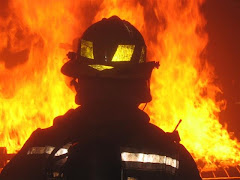
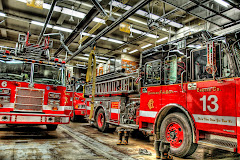



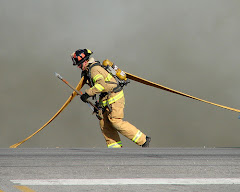
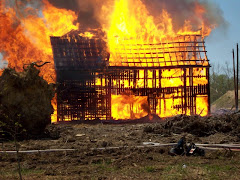
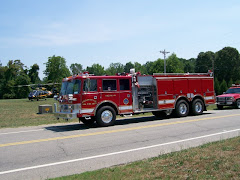
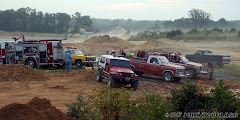

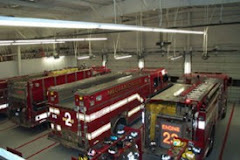
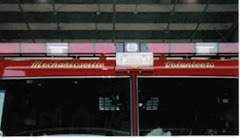

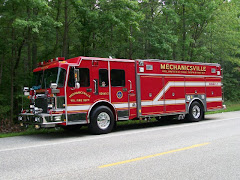
No comments:
Post a Comment